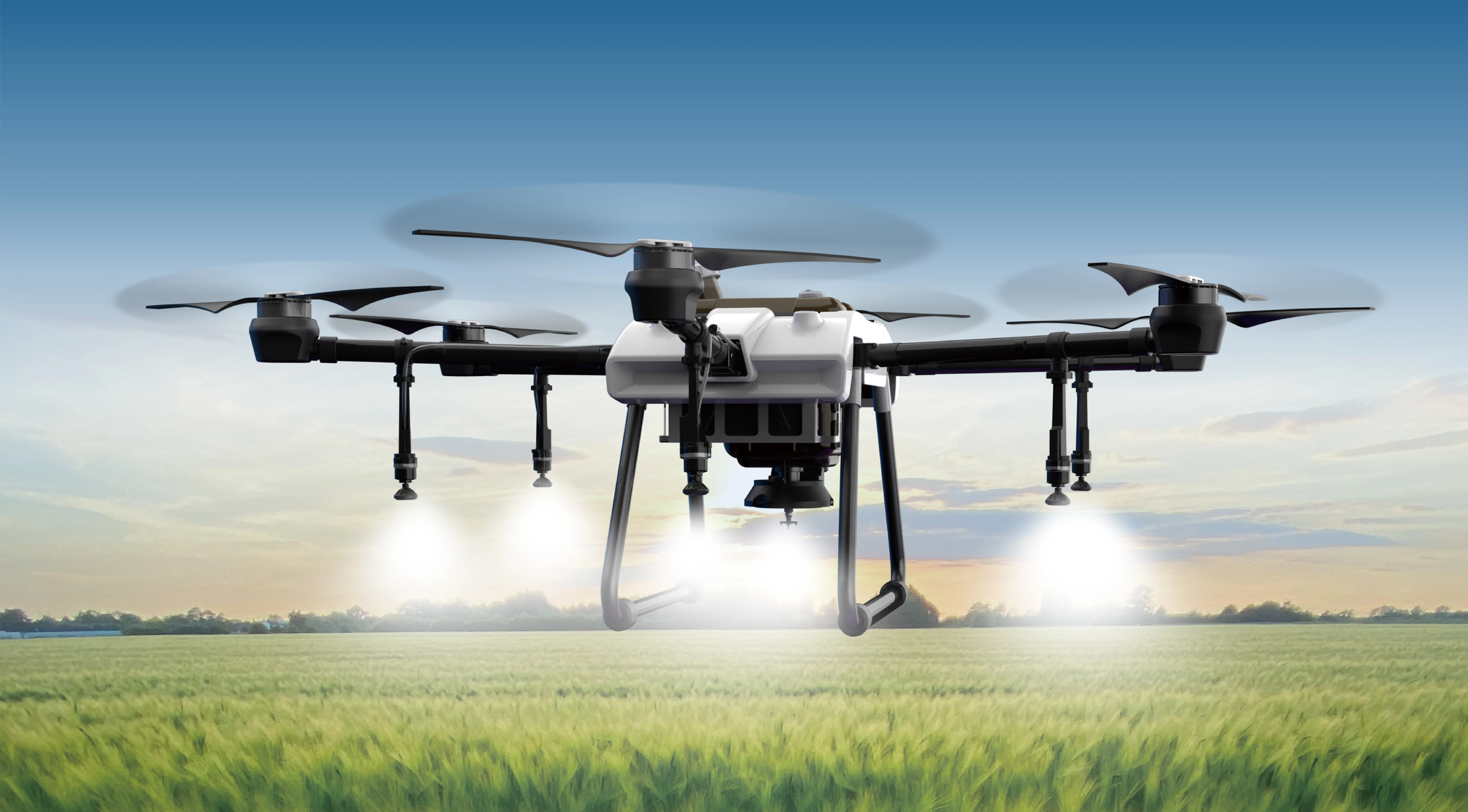Unveiling the Magic Behind Gear Motors: An Introduction
Imagine a tiny, seemingly simple device that packs a punch of power and precision—turning small electrical inputs into robust mechanical outputs. That’s the essence of a gear motor. It’s the unseen hero in countless machines and devices, from robotics and conveyor belts to electric vehicles and industrial machinery. But what exactly makes gear motors tick? How do they effectively transform electrical energy into purposeful movement?

To understand the working of a gear motor, we first need to familiarize ourselves with its core components. At its heart, a gear motor combines an electric motor with a gear assembly, a harmonious duo that effectively modulates speed, torque, and direct motion.
The Electric Motor Core
The electrical heart of a gear motor is typically a DC or AC motor. These motors rely on electromagnetic principles: when electricity flows through conductors within the motor, it creates magnetic fields. These magnetic fields induce forces that cause the rotor—a rotating part connected to the shaft—to turn. The speed at which the rotor spins depends on the power supply, design of the motor, and control mechanisms.
DC motors are known for their excellent torque control and speed variation, making them ideal for applications requiring precise motion. Conversely, AC motors are known for their durability and efficiency, especially in industrial settings.
The Gear Assembly: The Game Changer
While the motor provides the initial rotational force, it’s the gear assembly that fine-tunes this motion, acting as a crucial intermediary that determines the motor's end performance. Gears are toothed wheels that mesh with each other, transferring torque and altering rotational speed in the process.
The core purpose of gear reduction in a gear motor is to amplify torque. High torque is essential when moving heavy loads, and slowing down the motor’s high-speed rotation into a manageable, controlled movement. The gear assembly typically consists of a series of gear trains, including spur gears, helical gears, planetary gears, or worm gears, depending on the application's requirements.
How Does the Working Process Start?
When a gear motor receives electrical power, the motor's rotor begins to spin. As it rotates, its shaft transmits this mechanical energy downstream into the gear train. The gear train, carefully selected and configured, reduces the high rotational speed of the motor to a lower, more controlled output speed with increased torque.
Imagine a small motor spinning at 3000 RPM. Without gear reduction, that speed might be too fast for precise work or might generate excessive wear on the device. Through gear reduction, the output shaft may slow to a practical rate, say 100 RPM, but with a significant boost in torque—making it possible to lift, press, or move loads that the motor alone couldn't handle efficiently.
The Interplay of Gear Ratios and Performance
One of the most fascinating aspects of gear motors lies in gear ratios—the mathematical relationship between the number of teeth on the gears in the train. This ratio determines the extent of speed reduction and torque multiplication.
For example, if the gear ratio is 10:1, the output shaft rotates ten times slower than the motor’s rotor but with ten times the torque. Designers calibrate gear ratios based on the application's needs—speed, force, or a balance of both. A well-chosen ratio ensures that the gear motor delivers optimal performance while maintaining long-term durability.
Efficiency and Frictional Considerations
The working of a gear motor is also about maximizing efficiency. Every gear mesh introduces some friction, which can lead to energy loss in the form of heat. Modern gear designs incorporate lubrication, precise engineering, and high-quality materials to minimize these losses.
Proper lubrication reduces the wear of gears and maintains smooth operation, extending the lifespan of the gear motor. Adequate sealing and maintenance are also key to preserving efficiency, especially in harsh environments.
Applications Spotlight: Where the Working Mechanism Matters
From small robotic arms to large industrial conveyor systems, understanding the working of gear motors reveals their vital role. They provide the necessary force and controlled speed in applications requiring high precision, reliable torque, and energy efficiency.
This foundational knowledge lays the groundwork for appreciating how these devices are tailored to specific tasks. Next, let’s delve deeper into the types of gear mechanisms, the factors influencing gear motor performance, and technological advancements pushing their capabilities further.
Established in 2005, Kpower has been dedicated to a professional compact motion unit manufacturer, headquartered in Dongguan, Guangdong Province, China.




































